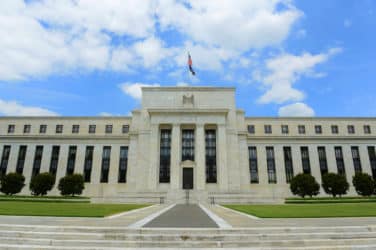BNP Paribas announced that it will voluntarily opt in to become a Systematic Internaliser for MiFID II in-scope instruments that are traded or admitted to trading on trading venues (TOTV), as of 3 January 2018.
Olivier Osty, executive head of Global Markets, BNP Paribas, said: “We are pleased to opt in as Systematic Internaliser ahead of the scheduled deadline of 1 September next year.”
“As a leading European bank, BNP Paribas wants to be at the forefront of MiFID II implementation, and we will do our best to help our clients comply with their new obligations. This decision effectively shifts the responsibility for real-time post-trade transparency reporting onto us, which facilitates our institutional clients’ journey and enables them to focus on their core business.”
BNP Paribas SA, BNP Paribas Arbitrage SNC and BNP Paribas Fortis SA/NV will opt in for all TOTV non-equity instruments, including equity derivatives, and also for equity-like ETFs instruments.
BNP Paribas Securities Services SCA, the bank’s post-trade and custody division will opt in for FX derivatives in-scope instruments.
Additional information on SI
In the context of MIFID II, which will become effective from January 3rd 2018, investment firms have the possibility to opt-in as Systematic Internaliser (SI) from January 3rd 2018, triggering additional obligations for investment firms on their trading activities and providing more transparency on quotes and executed prices to clients and market participants.
Source: BNP Paribas






